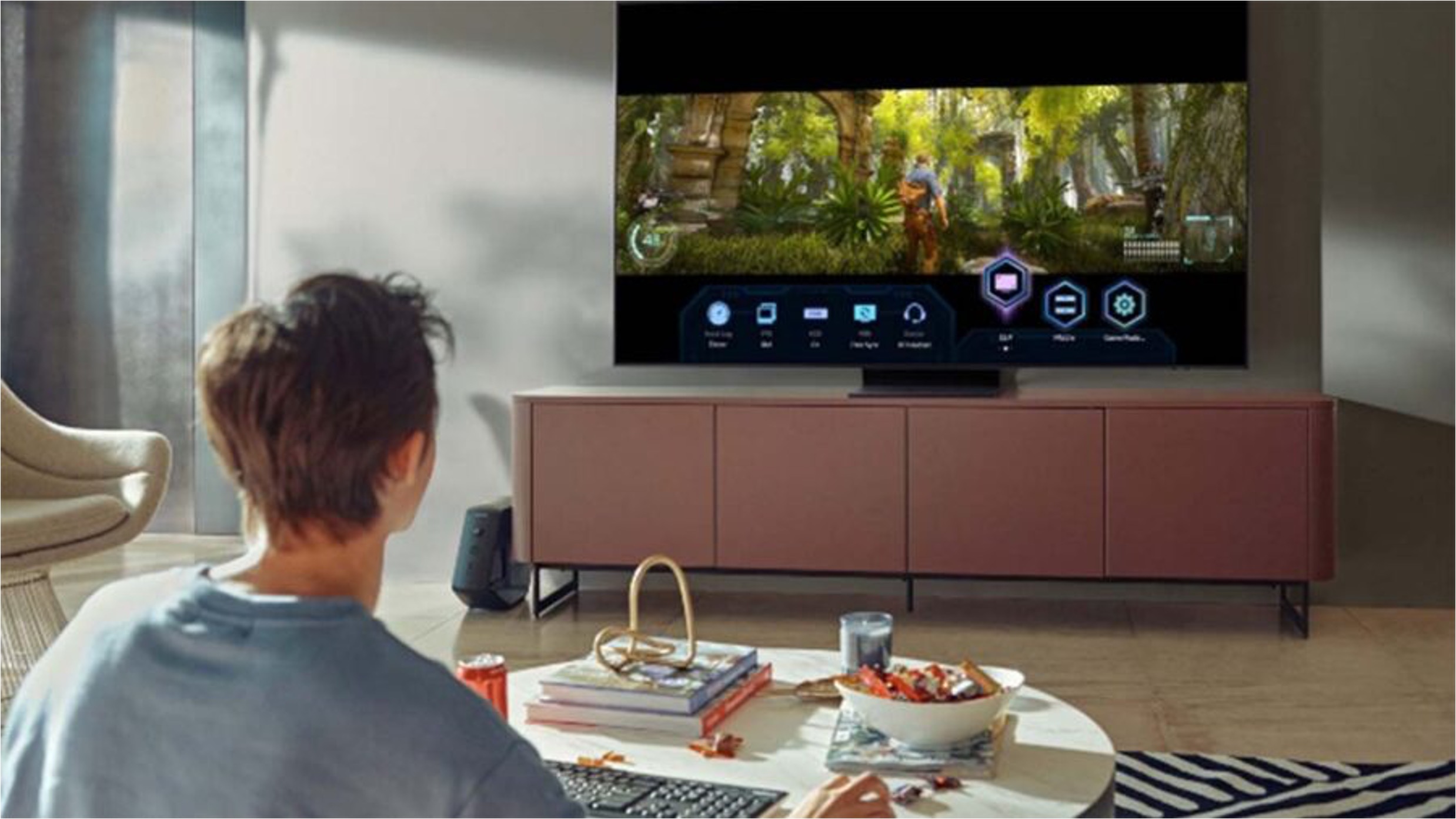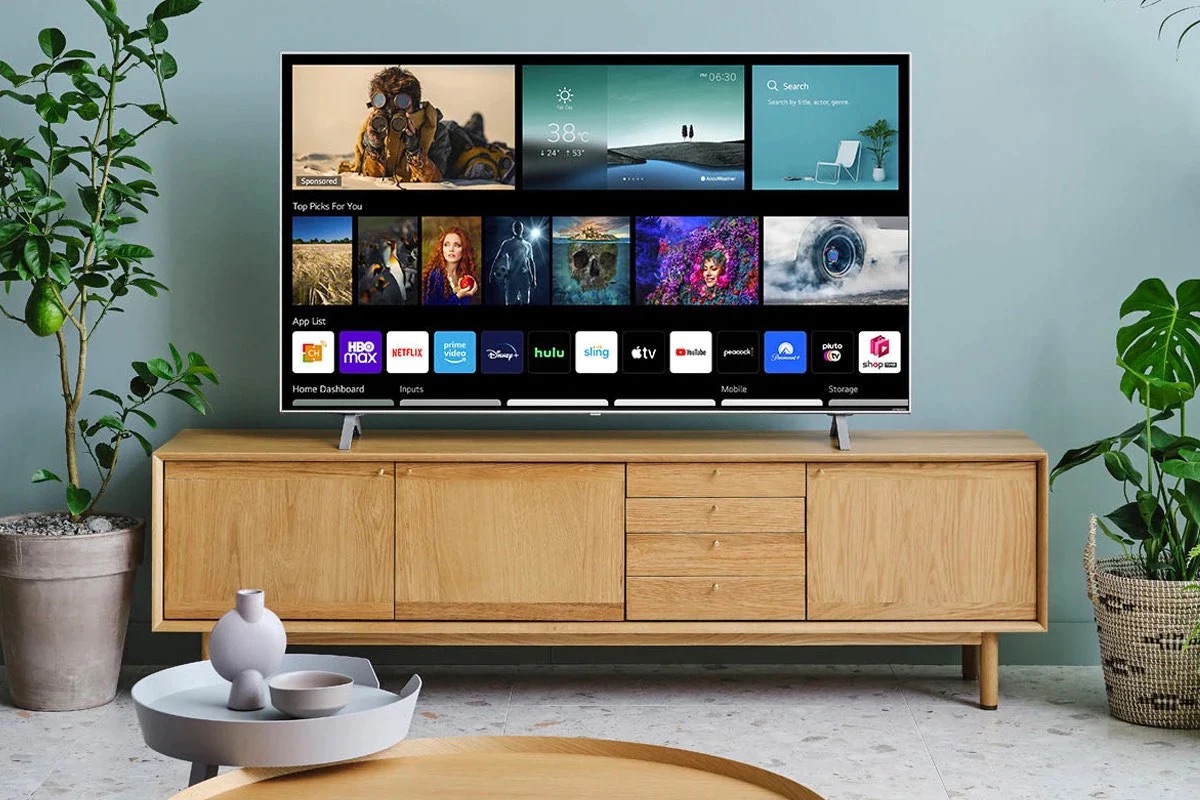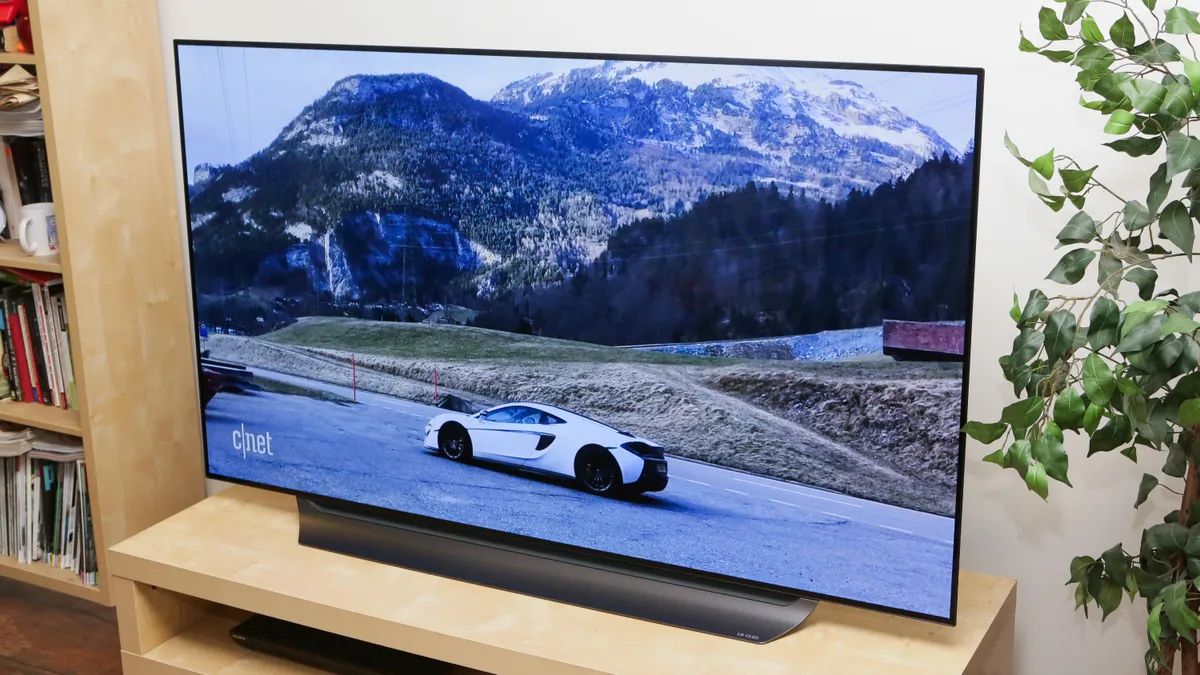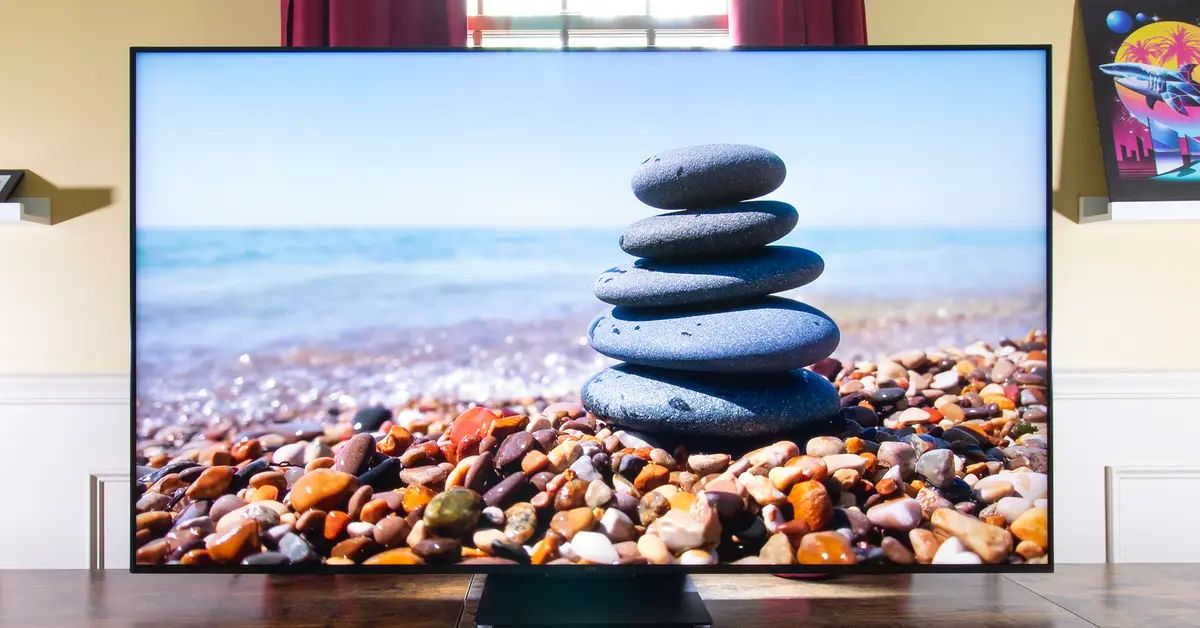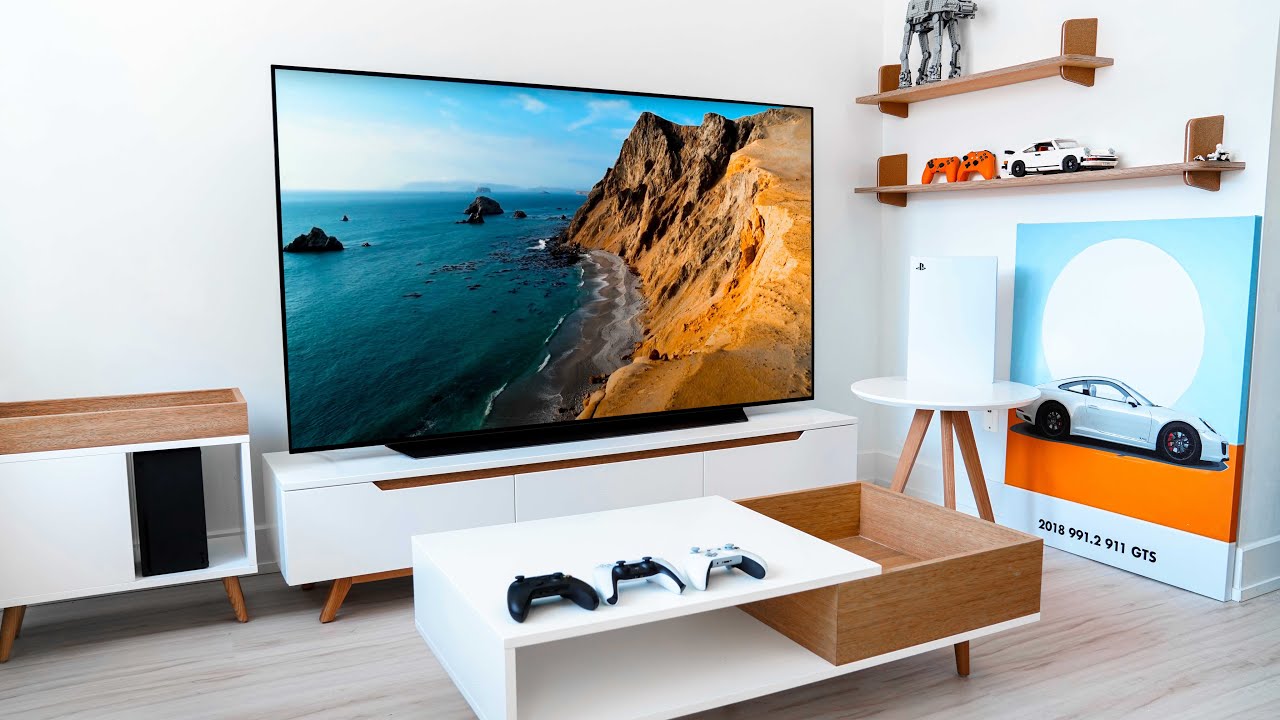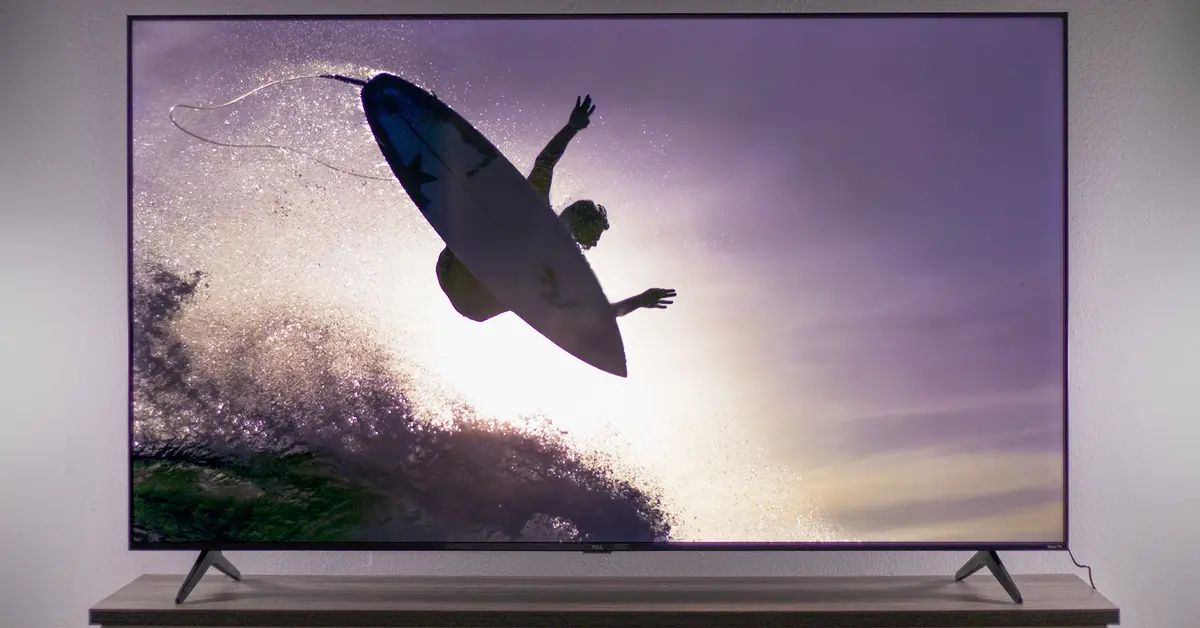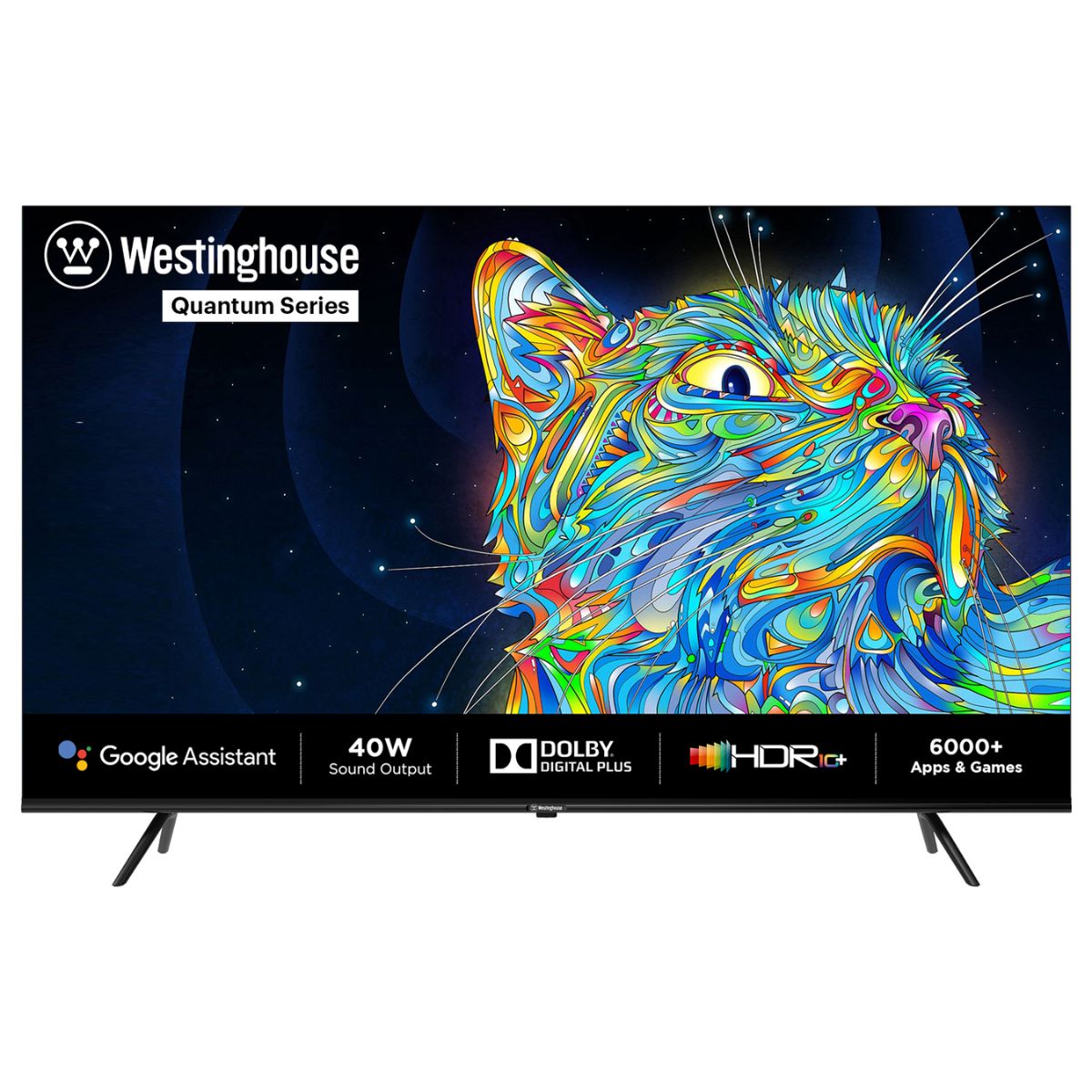Introduction
With the advancement in technology and the increasing popularity of high-definition visuals, LED TVs have become a staple in modern households. These sleek and energy-efficient devices have revolutionized the way we experience entertainment at home. However, one of the common concerns that many people have is the power consumption of these TVs, particularly when it comes to larger screen sizes like the 55-inch LED TVs.
When investing in a new TV, it’s important to consider its power consumption to gauge its impact on your electricity bills and the environment. Understanding how much power a 55-inch LED TV consumes can help you make an informed decision and explore ways to reduce energy usage without compromising your viewing experience.
In this article, we will delve into the factors influencing the power consumption of 55-inch LED TVs, provide insights into their average power consumption, and offer tips to help you reduce energy usage. So, whether you already own a 55-inch LED TV or are planning to buy one, this information will empower you to make energy-conscious choices and minimize your carbon footprint.
Understanding LED TV Power Consumption
To comprehend LED TV power consumption, let’s first understand how LED TVs work. LED stands for Light Emitting Diode, and it refers to the technology used to illuminate the screen. Unlike traditional LCD TVs, LED TVs use LED backlights to produce brighter, sharper, and more energy-efficient images.
When it comes to power consumption, LED TVs are renowned for their energy efficiency. Compared to older technologies like plasma or CRT, LED TVs consume significantly less power. This is due to the use of LEDs as the primary light source and advancements in panel technology.
The power consumed by an LED TV is measured in watts, with the average power consumption varying based on the TV size, screen brightness, picture settings, and usage patterns. The larger the TV size, the higher the power consumption.
It’s important to note that the power consumption mentioned by manufacturers is often the maximum power consumption under ideal conditions. In practical scenarios, the power consumption may vary depending on the content being displayed and the TV settings being used.
Additionally, LED TVs are equipped with various energy-saving features to further reduce power consumption. These features include automatic brightness adjustment, sleep timers, and power-saving modes. By utilizing these features, you can customize your TV’s power consumption based on your preferences and save energy in the process.
Understanding the basics of LED TV power consumption allows you to make informed decisions when it comes to selecting a TV and optimizing its energy usage. In the next section, we will explore the factors that can impact power consumption specifically for 55-inch LED TVs.
Factors that Affect Power Consumption of a 55-Inch LED TV
Several factors influence the power consumption of a 55-inch LED TV. Understanding these factors can help you better manage and optimize the energy usage of your TV.
Screen Brightness: The brightness level of the screen directly affects power consumption. Higher brightness settings require more power to produce brighter images. Adjusting the brightness level according to your viewing environment can help reduce energy consumption.
Picture Settings: The picture settings, such as contrast, backlight, and color saturation, can impact power consumption. Higher settings may require more power to achieve vivid visuals. Optimal settings that provide a balance between picture quality and energy efficiency can help conserve power.
Content Being Displayed: The type of content being displayed can influence power consumption. Scenes with brighter and more dynamic visuals tend to consume more power. For example, streaming content in HDR (High Dynamic Range) may require additional power compared to standard content.
Ambient Light: The surrounding ambient light can affect the perceived brightness of the TV. In well-lit rooms, the TV may adjust its brightness level to compensate, resulting in increased power consumption. Adjusting the room lighting or using curtains and blinds to control light can help optimize energy usage.
Standby Mode: When the TV is not in use, it often enters standby mode. However, even in this mode, the TV continues to consume a small amount of electricity. To minimize standby power consumption, consider turning off the TV completely or using a smart power strip that cuts off power to idle devices.
Usage Patterns: The frequency and duration of TV usage also impact power consumption. Watching TV for long periods or keeping it on when not actively watching increases energy usage. Developing energy-conscious habits, such as turning off the TV when not in use or utilizing sleep timers, can help reduce unnecessary power consumption.
By considering these factors and implementing energy-saving practices, you can effectively manage the power consumption of your 55-inch LED TV and contribute to a more sustainable lifestyle. In the next section, we will uncover the average power consumption range of 55-inch LED TVs.
Average Power Consumption of 55-Inch LED TVs
The average power consumption of a 55-inch LED TV can vary depending on multiple factors, including the specific model, brand, and usage patterns. However, there is a general range that can help you estimate the power usage of your TV.
On average, a 55-inch LED TV consumes between 60 to 200 watts of power during regular operation. This power consumption encompasses both the display panel and the audio system. It’s important to note that this range represents the typical power consumption, and actual power usage may deviate depending on the TV’s specific features and settings.
For example, if you increase the screen brightness, use more advanced picture settings, or enable additional features like motion smoothing or HDR, the power consumption can go towards the higher end of the range. Similarly, reducing the overall brightness, using energy-saving modes, or enabling power management settings can help bring down the power consumption.
In standby mode, where the TV is not actively displaying content, the power consumption significantly reduces to a few watts. However, it’s worth mentioning that some TVs may consume slightly more power in standby mode if features like quick start or network connectivity are enabled.
It’s important to refer to the Energy Guide label or manufacturer specifications for the specific power consumption details of your 55-inch LED TV. This information will give you a clearer understanding of your TV’s energy requirements and help you make informed decisions regarding power usage and energy-saving practices.
By being conscious of the average power consumption range and adopting energy-efficient habits, such as adjusting picture settings, utilizing power-saving modes, and turning off the TV when not in use, you can effectively minimize the environmental impact of your 55-inch LED TV.
Next, we will provide you with some tips to further reduce the power consumption of your 55-inch LED TV. Implementing these tips will not only help you save energy but also contribute to cost savings on your electricity bills.
Tips to Reduce Power Consumption of Your 55-Inch LED TV
If you’re looking to reduce the power consumption of your 55-inch LED TV and optimize its energy efficiency, here are some useful tips to consider:
- Adjust the Brightness: Lowering the screen brightness can significantly reduce power consumption. Find a comfortable brightness level that suits your viewing environment without sacrificing picture quality.
- Utilize Energy-Saving Modes: Most LED TVs come equipped with energy-saving modes. These modes automatically adjust settings to conserve power without compromising the viewing experience. Enable these modes to reduce power consumption.
- Turn Off Unused Features: Certain features like motion smoothing, dynamic backlighting, or HDR can consume additional power. If you don’t require these features, consider disabling them to minimize power usage.
- Enable Automatic Power Off: Activate the auto power-off or sleep timer feature on your TV. This ensures that your TV turns off after a specific period of inactivity, preventing unnecessary power consumption when you forget to turn it off manually.
- Use a Smart Power Strip: Connect your TV and its peripherals, such as soundbars or gaming consoles, to a smart power strip. These strips cut off power to idle devices automatically, preventing standby power consumption.
- Avoid Leaving the TV on Standby: When you’re done watching TV, turn it off completely instead of leaving it on standby mode. Standby mode consumes a small amount of power and over time, it adds up.
- Ensure Proper Ventilation: Ensure that your TV has sufficient airflow and is not placed in an enclosed space. Proper ventilation prevents overheating, which can lead to increased power consumption.
- Keep Software Updated: Regularly update your TV’s software to ensure optimal performance and energy efficiency. Software updates often include bug fixes and performance enhancements that can improve power management.
- Consider Energy Star Certified Models: When purchasing a new TV, look for models that are Energy Star certified. These TVs meet specific energy efficiency standards and consume less power compared to non-certified models.
- Monitor Power Usage: Use a power monitoring device to measure and track the power consumption of your TV. This can help you understand how your usage patterns and settings affect energy consumption, allowing you to make more informed choices.
By implementing these tips, you can effectively reduce the power consumption of your 55-inch LED TV and contribute to a greener and more sustainable lifestyle.
Wrapping Up
Understanding the power consumption of your 55-inch LED TV and taking steps to reduce it can have a significant impact on both your electricity bills and the environment. By implementing the tips mentioned in this article, you can optimize your TV’s energy efficiency without compromising your viewing experience.
Factors such as screen brightness, picture settings, content being displayed, ambient light, and usage patterns all play a role in the power consumption of your TV. By being mindful of these factors and making conscious choices, you can minimize unnecessary energy usage.
On average, a 55-inch LED TV consumes around 60 to 200 watts, but the actual power consumption can vary based on various factors specific to your TV and settings. Refer to the manufacturer’s specifications for accurate power consumption details.
Remember to adjust the brightness, utilize energy-saving modes, turn off unnecessary features, enable automatic power-off, use smart power strips, and ensure proper ventilation to reduce power consumption. Additionally, keeping your TV’s software up to date and considering Energy Star certified models can further enhance energy efficiency.
By practicing these energy-saving habits, you not only reduce your carbon footprint but also save on your electricity bills in the long run. Small changes can add up to significant energy savings over time.
So, be proactive in managing the power consumption of your 55-inch LED TV and embrace a more sustainable lifestyle. Together, let’s contribute to a greener future while still enjoying the incredible visuals and entertainment that LED TVs offer.







